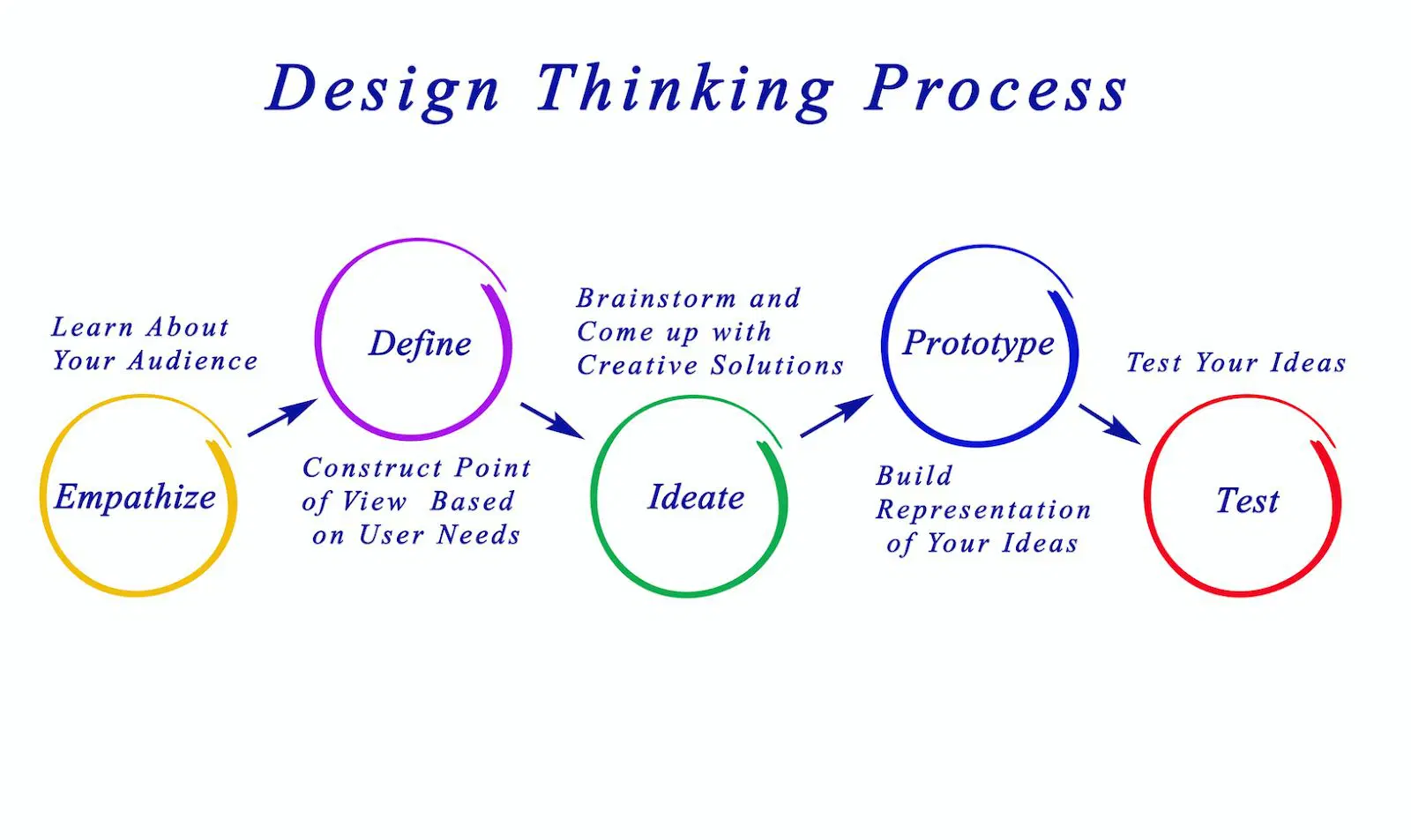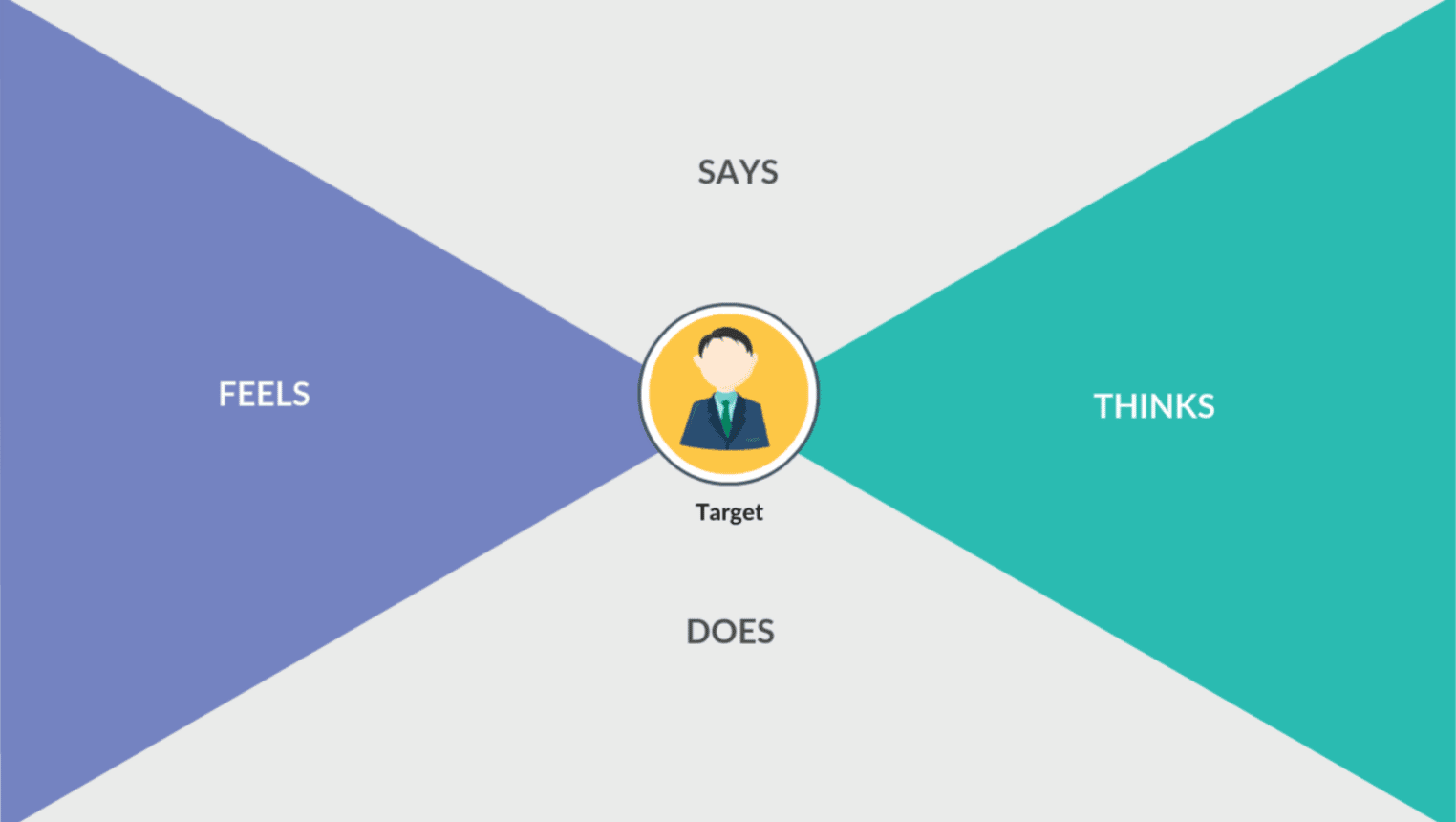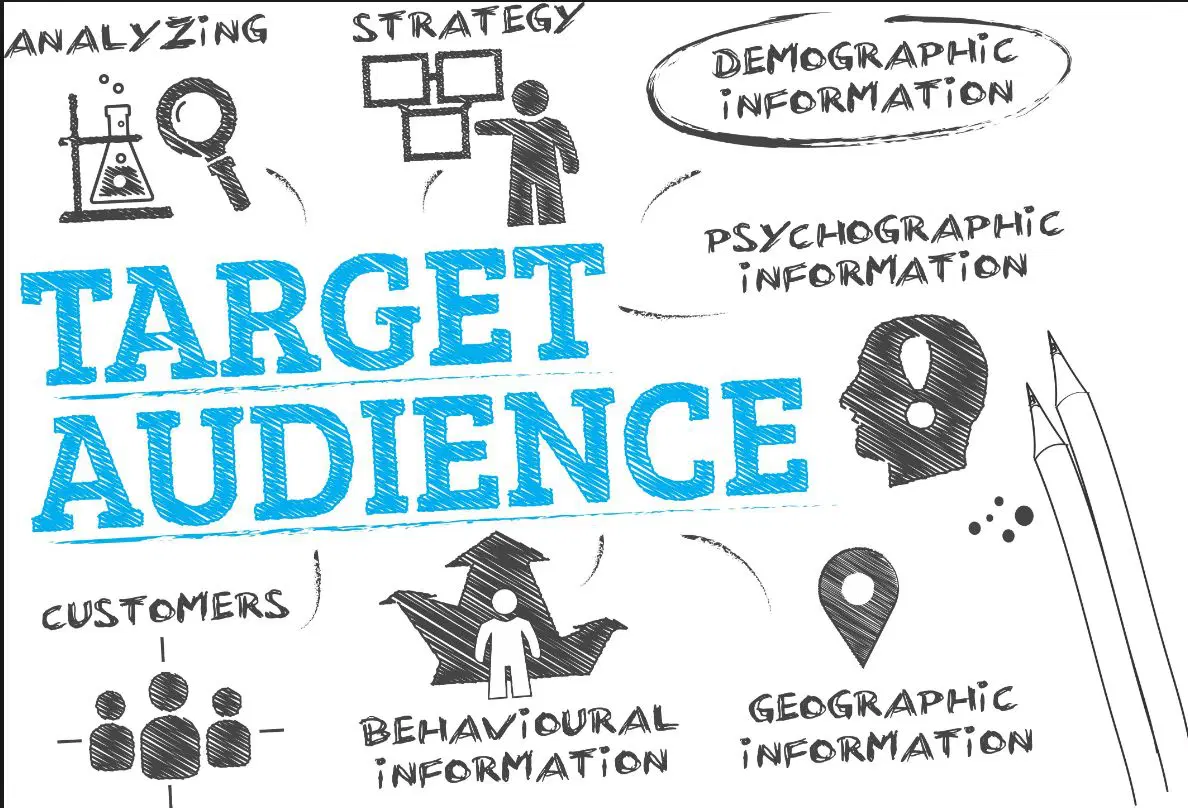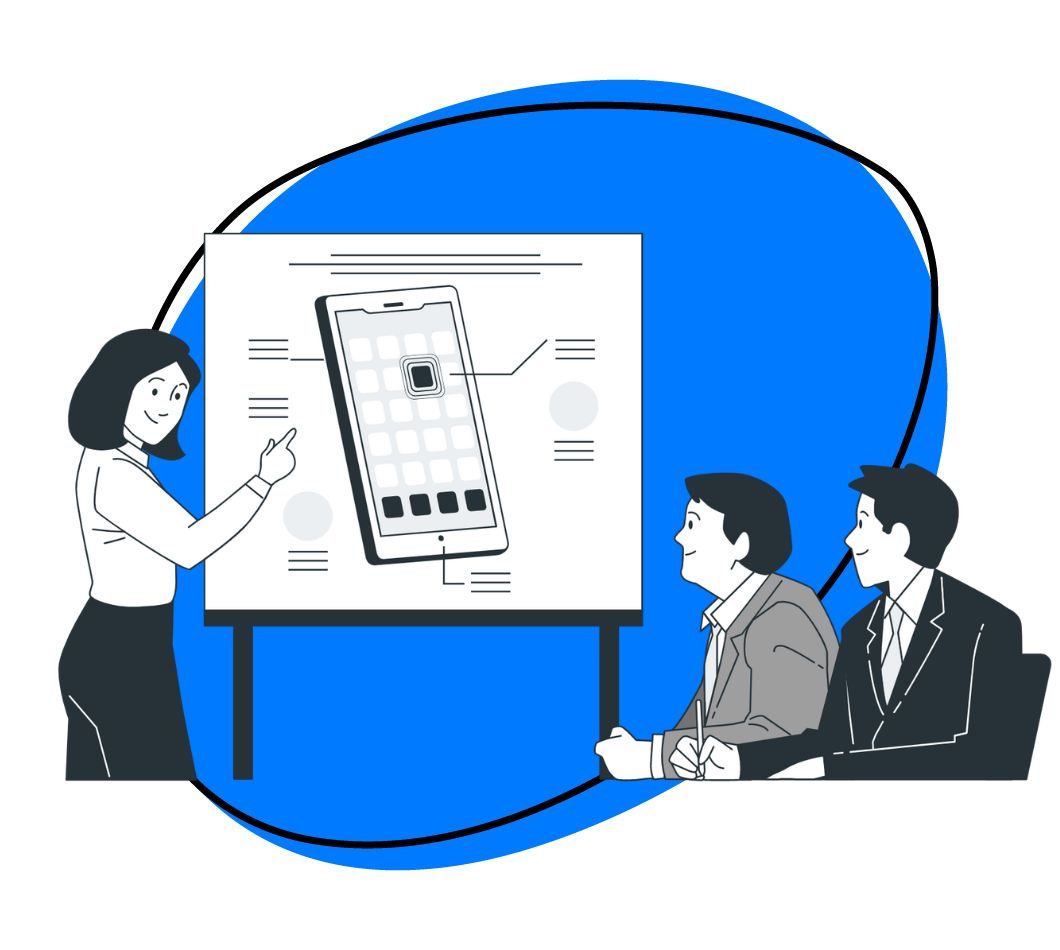If you’ve been following our design thinking series, you probably have a good foundation of what design thinking entails, as well as the first two stages.
In this article, we’re moving onto the design thinking ideate stage. Here we move from observing and identifying our problem statement to considering many possibilities to narrow in on potential answers and solutions.
If you haven’t been following along, here are the cliff notes before we dive into design thinking ideate, stage 3 of the 5 step process.
Design thinking is an iterative process that aims to understand the user’s challenges by identifying alternative strategies and creative solutions that are not apparent at our initial level of understanding. It is intended to be a solution-based approach that focuses on the human that you’re designing for, by asking, “Who is the human behind it and what’s the human need?”. Through the design thinking process, we embrace simple mindset shifts and tackle problems from a new direction. It involves a collection of hands-on methods informed by a particular way of thinking that can be broken down into 5 phases:
- Empathize
- Define
- Ideate
- Prototype
- Test

In the design thinking ideate stage we take our observations and our problem statement, and begin curating a list of as many possible answers and solutions we can come up with.
Step by Step: Empathy
The importance of design thinking is best appreciated when we consider the endless meetings we’ve attended, but have left feeling nothing productive was accomplished or solved. Design thinking helps break down the problems your end-user is experiencing in bite-size chunks and allows you to design more powerful solutions with a greater intention and focus on the human its intended for. When properly implemented, the crux of its success revolves around understanding the end-user and designing human-centered solutions. This starts with the first stage of the process, empathy.
As mentioned in the article, Design Thinking Empathy: Human-Centric Solutions, we created a series of questions that get to the heart of the problem, the assumptions, and the implications so that you can understand their needs, thoughts, emotions, and motivations of the end-user. The purpose is to:
- capture the specific mindset and needs of your end-user
- identify and define the problem to form solutions around
- create opportunities based on the needs of your end-user
- find innovative solutions starting with quick, low-fidelity experiments
- provide insight into your end-users’ biggest challenges

The design thinking empathy stage is an absolutely essential step as it revolves around gaining a deep understanding of the people you are designing for. It begins with a series of questions that get to the heart of the problem, the assumptions, and the implications so that you can understand their needs, thoughts, emotions, and motivations. The key to a successful design thinking process is truly understanding the human challenges, leveraging those insights to create a concrete, innovative solution specific to your end-user and staying deeply connected.
There are a number of strategies and methods to consider during the design thinking empathy stage, which we went into depth in our article focusing on empathy. Methods include adopting a beginner’s mindset, impartial observations, asking “What?” “How?” “Why?”, using photo and video user-based studies and personal video journals, bodystorming and creating a design thinking empathy map.
Once you’ve developed a strong understanding of it, then it’s time to move onto the next stage. From here, we take the data collected and define the design problems and challenges.
Identify and Define Your Users’ Core Challenge
Stage 2 is all about collating the data collected from the empathy stage. The define phase takes everything we learned from the observation stage, and implements methods that synthesize the raw data in a meaningful body of knowledge. With this knowledge, we create an actionable problem statement. Your problem statement, or Point of View, goes beyond just defining the problem. This is the unique perspective or vision based on your discoveries during the empathy phase.

The purpose of the problem statement is to establish the core problems and generate tangible and actionable ideas to solve the problems you and your team have identified up to this point. As with every stage of the design thinking process, the aim is to define the problem in a human-centered manner. It is an essential part of design thinking project because it guides your team and focuses on a specific need or set of needs.
A successful problem statement should be user-focused, and have a manageable scope. There should be enough space to explore areas that can lead to unexpected value and insight to the project. We recommend beginning the problem statement with a verb, such as “define”, “adapt”, “design”, etc. This will help steer the problem statement into an actionable plan. The define phase is often one of the most challenging and important steps in the process, as it sets the tone and forms an actionable plan moving forward. When you’ve successfully framed the problem as a problem statement, that is inspiring, informative, captivating, and guides your innovation efforts in an actionable, unique and meaningful way, you can move onto the next step.
Generate Endless Possibilities with the Design Thinking Ideate Stage
In the next step, the design thinking ideate stage, we start to ask driving questions to form human-centric solutions. We begin by generating tons of new ideas with the hope that will spark lots of amazing ideas. By completing the ideation phase, you will:
- Ask key questions
- Get obvious solutions on paper so you can expand into more innovative and unknown possibilities
- Collaborate with others to bring in more perspectives
- Utilize the strengths of others for a well-rounded
- Investigate unexpected areas
- Gather as many ideas as possible
It’s best to think of design thinking ideate stage as a space where we are open to the power of possibility. It’s important to bring any and every idea forward as you transition from identifying a particular question or problem to generating a wide variety of potential answers and solutions. Then, we begin pairing them down to the ones with the most potential, based on practicality and innovation.
Step by Step: Design Thinking Ideate Steps
The key is to increase the potential, uniqueness, and effectiveness of your solution. The best way to do this is to be open to any and every suggestion. There are tons of ideation methods that can help you achieve your desired outcome; mind maps, bodystorming, sketches, prototypes, brainstorming, braindumps, storyboards, etc. Whatever your method, the key is to come prepared and to guide your session.
Guide and facilitate a productive session
An effective session that leads to a fruitful end requires guidance, inspiration and specific activities, in both a physical and cognitive manner. Ideation requires both creativity and focus. Everyone involved needs to contribute in a way that encourages an environment where people feel equal, free, and open to share their ideas. Delegate the task of writing down contributors’ ideas to one person who will place them on the whiteboard or poster.
If the process feels stagnant, consider imposing constraints or set targets to help guide your team. Here are some things to keep in mind during your ideation session:
- Start with the problem statement outlined in the define phase, or focus on specific goals, plans or questions.
- Set a time limit
- Eliminate all judgment and criticism
- Encourage everyone and every single idea
- Encourage quantity
- Build on others’ ideas and encourage other perspectives to lead to new insights
- Use words and visuals to bring ideas to life or view them from a different perspective
- Guide the conversation so that everyone is focusing on the same objective and line of thinking
The design thinking ideate process: narrowing down your ideas
After your ideation session is completed, it’s time to collect, categorize, refine and narrow down the ideas. This step will help you and your team create a shortlist and then select the best solutions, ideas, and strategies. Consider the following methods:
Anonymous Voting
Each member of your team is given three or four opportunities to vote for their favorite ideas. One way to help narrow down even further is to number the votes from 1 -3 or 1 – 4, 1 being their top choice. Then the voting can begin, either by placing a post-it, writing a number, or making a dot next to the corresponding idea(s) that they like. This process ensures every team member has an equal say in choosing the top solutions.
Four Categories Method
The four categories method is broken down into the rational choice, the most delightful, the darling or most loved idea, and the long shot. Within each category, members must select two ideas to correspond with each category. This is an excellent way to cover more ground and incorporate practical ideas, as well as more innovative suggestions.
Idea Affinity Maps
An idea affinity map helps make sense of a ton of information and ideas, especially if there is a variety of different opinions, insights, and perspectives. Affinity maps help bundle and group information and can be one of the most valuable methods to employ.
Six Thinking Hats
This simple and effective parallel thinking process helps increase productivity, focus, and improve mindful involvement. Separate your thinking into six clear functions and roles, each of which is identified with a color-coded “thinking hat.” By mentally wearing and switching “hats,” you can easily focus or redirect thoughts, and investigate ideas further. The White Hat focuses purely on the facts. The Yellow Hat explores the positives and looks for value and benefit. The Black Hat is the devil’s advocate and spots the difficulties or why a solution may be ineffective. The Red Hat is all about discovering feelings, hunches, and intuition as a way to discover and share fears, likes and dislikes. The Green Hat looks for innovative alternatives and unusual ideas to explore new concepts and perceptions. The Blue Hat helps manage and facilitate the thinking process so you stay on track.
Tons of other ideation methods that can be used to help select the best ideas, including Bingo Selection, Now Wow How Matrix and the Lean Startup Machine Idea Validation Board. Whatever method you decide to implement, ensure the solutions that are chosen fit your goals and align with your users. Ask your team and yourself the following:
- Can it solve our users’ problem(s) and meet their needs?
- Does it accurately meet our initial goals?
- Does it meet the requirements outlined in our problem statement?
- Does it answer our “How Might We” questions?
- Does it add value to our users’ lives?
- Does it stand out from what our competitors are offering?
- Do we have access to the budget or have the available resources to implement the solutions?
- Will it be approved by the decision-makers?
After you have completed the design thinking ideate stage, it’s ready to be prototyped for further testing. The important part here is to ensure you have a range of ideas that you can test and explore.
Streamline Your Design Thinking Ideate Process
As with every stage of design thinking, it’s all about re-framing the problem in human-centric ways, thinking outside of the box, and adopting a hands-on approach as we move into the prototype and testing stages.
It’s important to note that the five phases will not necessarily follow a specific order. Often, they will often occur simultaneously and will likely be repeated several times throughout the process. Zight (formerly CloudApp) can help simplify and streamline the process as you move through the stages. Share your screen recording, and get feedback with Zight (formerly CloudApp)’s GIF screen recording. Once you complete your video capture or webcam recording, a link is automatically copied to your clipboard that can be password protected and set to expire after any desired length of time.
Learn more about Zight (formerly CloudApp) for designers here.












